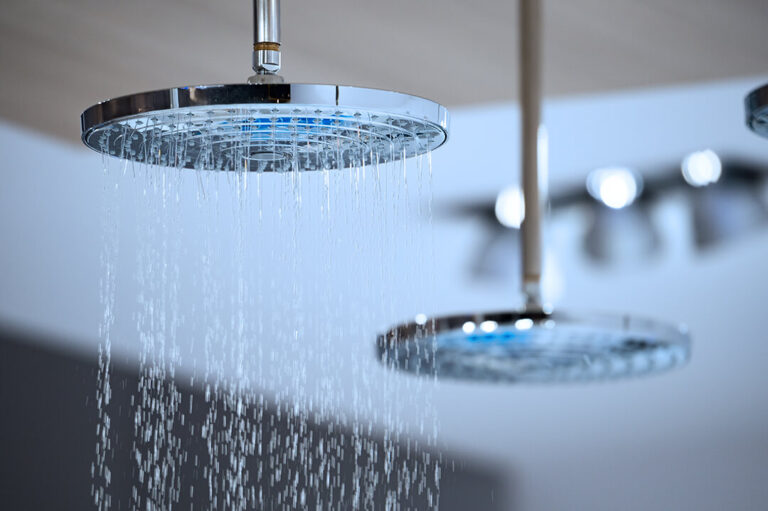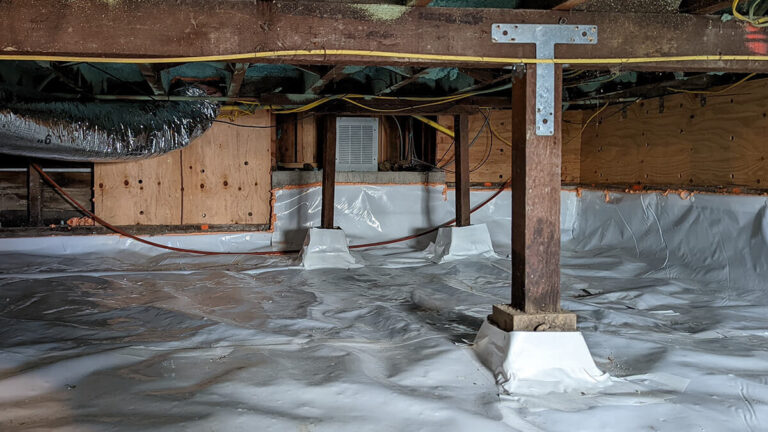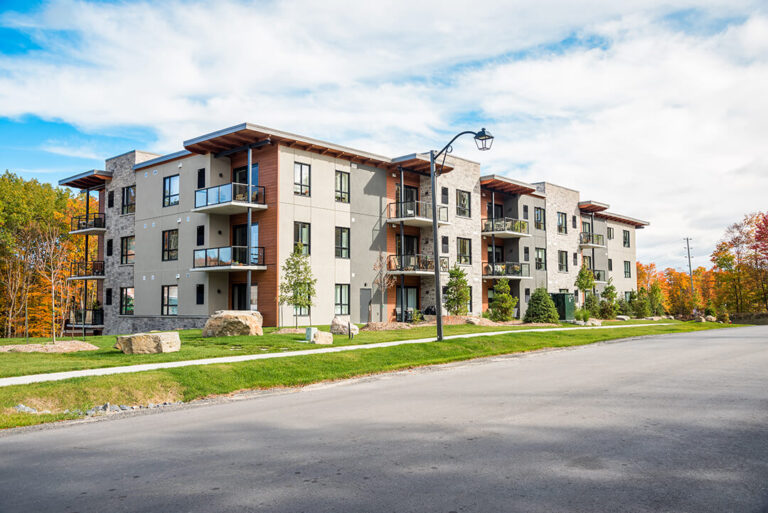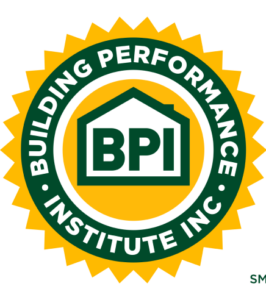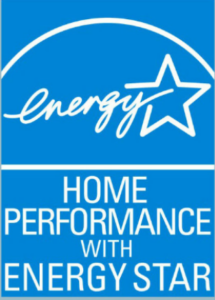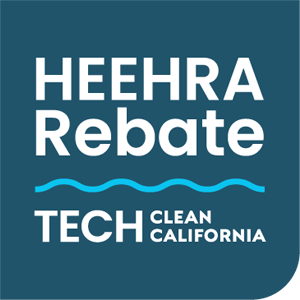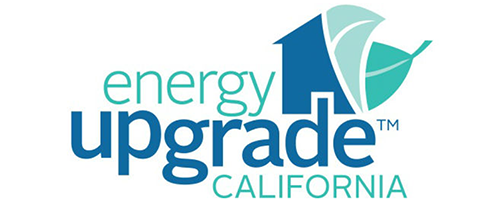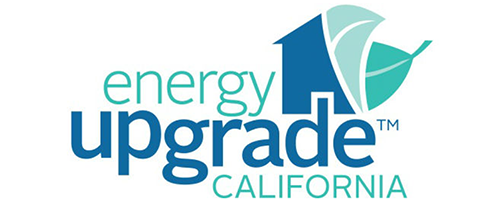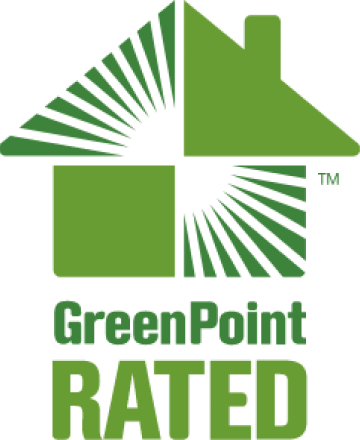1. Attic Insulation & Air Sealing
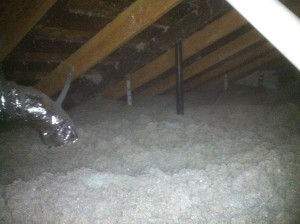
If you have old or non-existent attic insulation, this will be your most cost-effective upgrade for winter. Why? Hot air rises. Your furnace is working hard to heat the home, and without insulation you’re losing most of that energy via conduction through the attic and ceiling. The hotter that air is compared to the ambient temperature, the faster it rises.
*IMPORTANT* If you decide to install or replace attic insulation, you must take this opportunity to thoroughly air seal the top plane of the house. Why? It’s impossible to air seal under insulation. But if you do it right after removing the old insulation, it becomes an easy, cost-effective efficiency upgrade. Thus, we always do things in the following order:
Step 1: remove all existing insulation, and other debris and contaminants like rat waste, etc.
Step 2: air sealing.
Step 3: install the new and improved insulation.
Here at Eco Performance Builders, we generally use wet blown-in cellulose, with some fiberglass batts for knee walls (the vertical sections).
*IMPORTANT* Before you decide to insulate, ask yourself if you plan on upgrading your HVAC system. If that system is in the attic, or you plan on putting it there, then the HVAC work should be done before re-insulating. This allows for a much cleaner install, and even more importantly, the ducts can then be buried in the new insulation, providing another big efficiency boost.
2. Crawlspace Encapsulation & Vapor Barrier
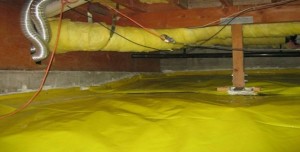
If you have ducts under your house, then this can be your most effective upgrade. We’ve monitored the effectiveness of some of our encapsulations and were actually surprised at the good results. As it turns out, keeping the temperature of the crawl space closer to that of the ducts is extremely effective in terms of energy savings.
Benefits include:
- Improves air quality via moisture control and pest prevention
- Improves efficiency by acting as floor insulation that will never fall down
- Improves efficiency further by reducing heat loss in your crawl space ducts (if applicable)
However, be careful who you hire to do this. Many contractors will install the barrier but wont seal off the vents around the perimeter. Done this way, you lose all the efficiency benefits described above. The argument for leaving the vents open generally applies to humid climates – and even then, you’re letting in moisture in the rainy season. In California, we can almost always safely seal the vents. In the rare case with very high moisture, a french drain is usually recommended (which would be the case with or without the vapor barrier).
So, for an effective encapsulation, each plastic sheet should be sealed to the blocks and foundation wall, and all crawl space vents should be sealed as well. This will create a clean, dry, relatively warm environment under your home, and a big boost to air quality and efficiency.
3. Floor Insulation & Air Sealing
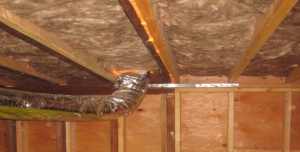
Just like attic or wall, floor insulation should be installed after air sealing all gaps, cracks and penetrations in the floor. Then batts should be installed to remain in contact with the floor (but not compressed), and need to be properly supported so as to maximize the time before they begin to sag or fall.
Floor insulation cost-effectiveness peaks when you don’t have ducts or an encapsulation down there, because the crawl space will be very cold. Regardless, floor insulation is never a bad idea (don’t get cold feet this winter!)
4. Wall Insulation
Wall insulation is a great stand-alone project, since it can be done independently of other energy upgrades. However, it can be somewhat invasive, requiring drywall patching, but a good insulation contractor will handle this for you. Benefits include year-round improvements in comfort and efficiency, sound dampening, and reduction in building leakage. Although this upgrade isn’t specifically for winter, it’s a great upgrade for any season.
5. Hydronic Heating
In short, a hydronic forced air heating system uses hot water to heat a home (see the link for detailed info). If you’re considering replacing both your furnace and water heater, then we strongly recommend you consider one of these. We love these systems because they are:
- More adjustable than a furnace. This means we can fine-tune them for small heating loads (our houses are so tight and well-insulated that we often have trouble finding small enough furnaces).
- Very efficient when coupled with the right water heater (we install DHWs with 96% combustion efficiency and 0.9 energy factor).
- Very comfortable due to low “heat rise” – this means it will deliver steady warm air. This is better than hot air, which is uncomfortable and rises too quickly.
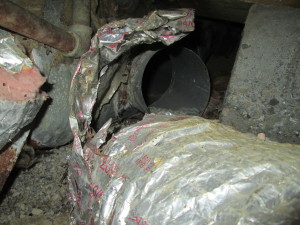
As always, any new forced air system must be installed with new duct work. Regardless of the heating unit, the system will not be efficient or comfortable until it is pushing air through low-friction, insulated ducts with correctly balanced airflow for each room. We use R-8 insulated flex duct and consistently achieve under 1% duct leakage. This really should be the industry standard, but unfortunately, the average HVAC installer will not even come close to that (see the photo – we find stuff like this a lot).
If you want to upgrade your home this winter, give us a call at (925) 363-4498 or e-mail kyle@epbuilders.com to schedule a whole house energy assessment.




